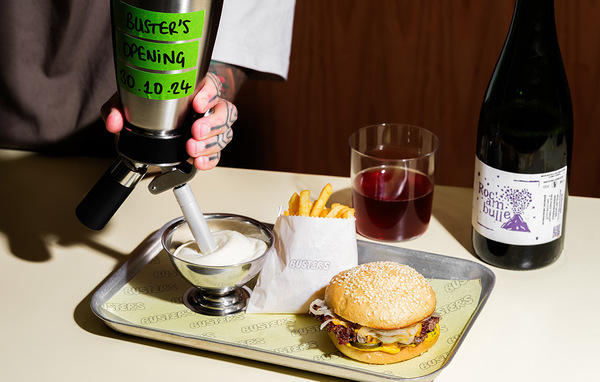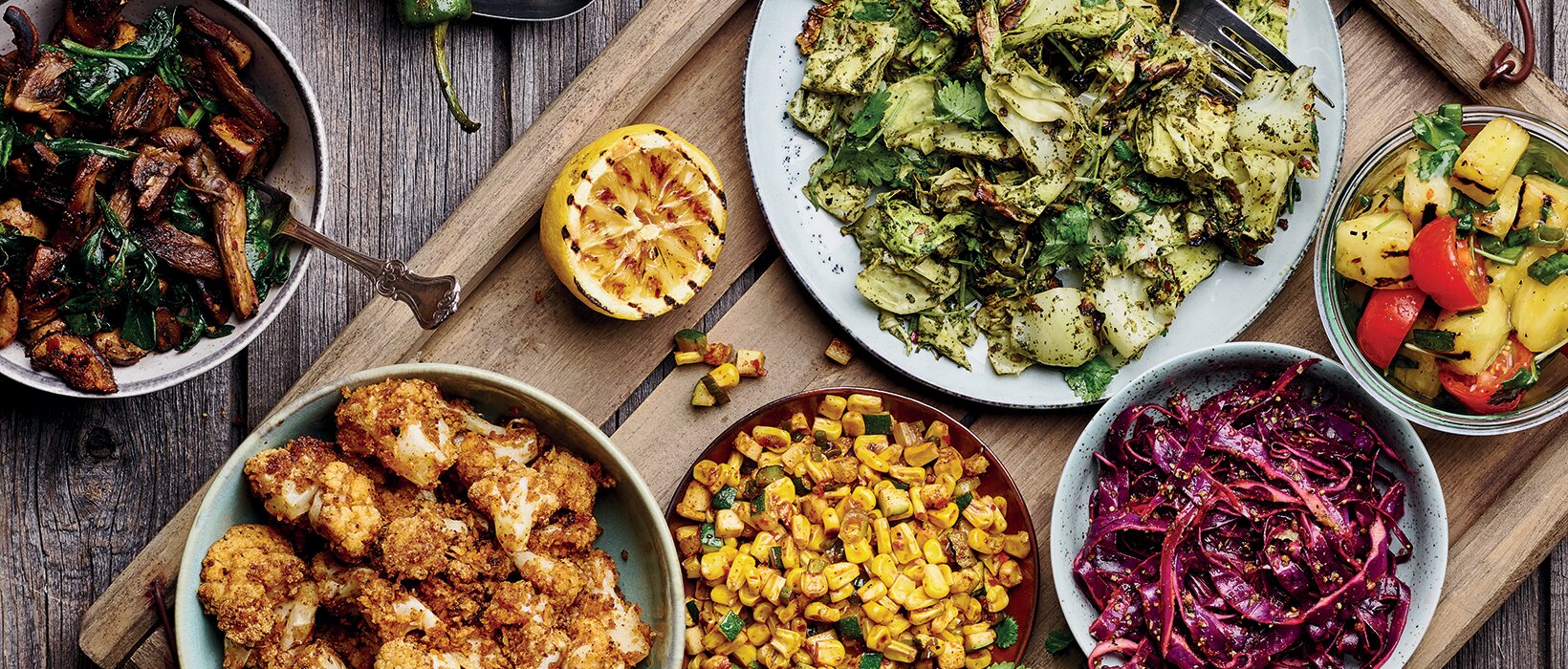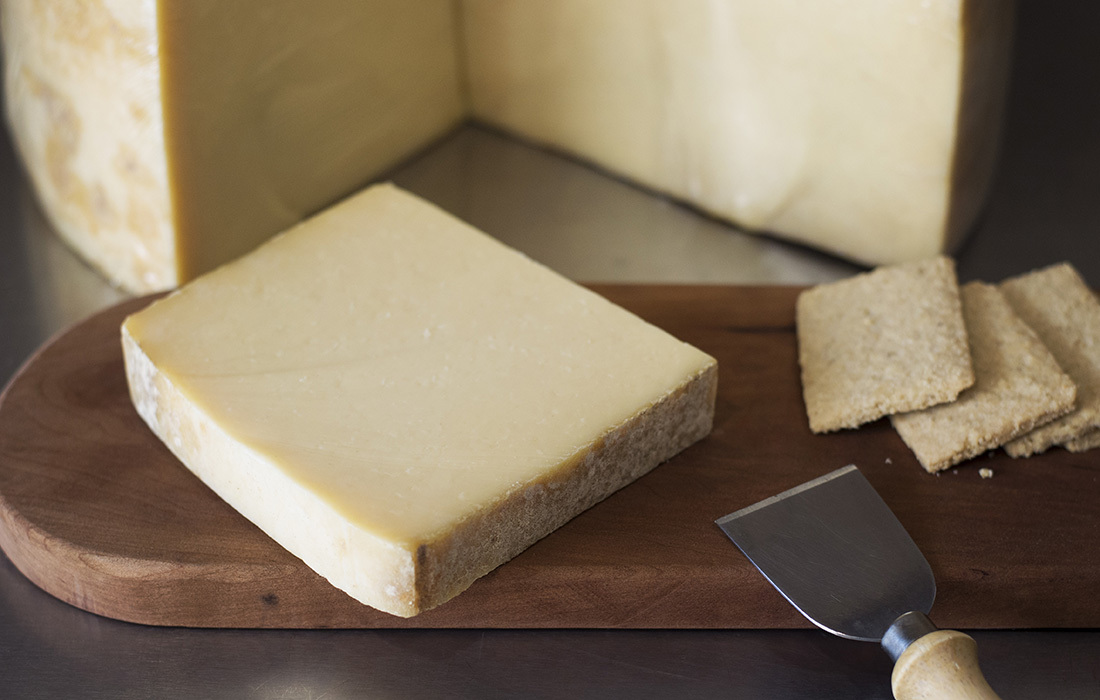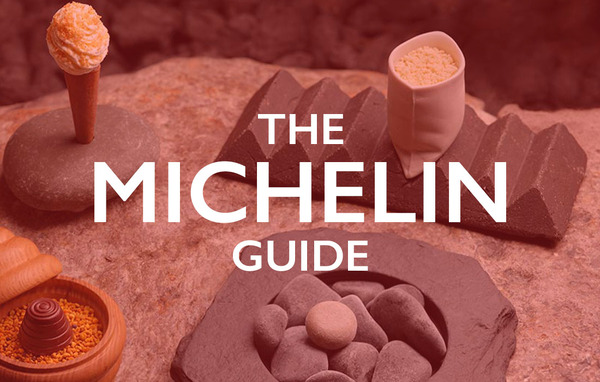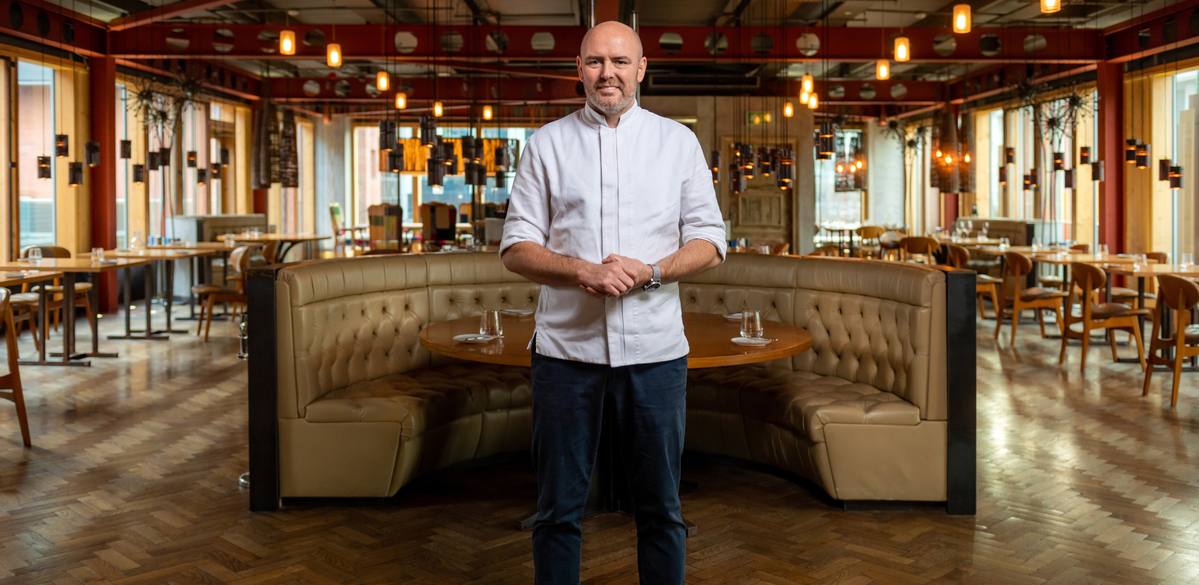Earthly delights: tap into the trend for global flavours
From Filipino purple yam to Greek gyros, there’s a whole world of opportunity for chefs looking to tap into the trend for global flavours. Anne Bruce checks out what’s in fusion in foodservice
Flavours from an ever-more broad range of cuisines continued to delight guests in 2021. Alongside long-established big hitters, such as Chinese, Indian, Italian and Mexican, a wide range of less familiar world cuisines are hot right now.
From Filipono ube (purple yam) desserts to Japanese fusion, via Indonesia and Peru, Lebanon and the Caribbean, and stopping off in Korea, the world can be found on a plate near you, and not necessarily on a separate plate per culinary tradition.
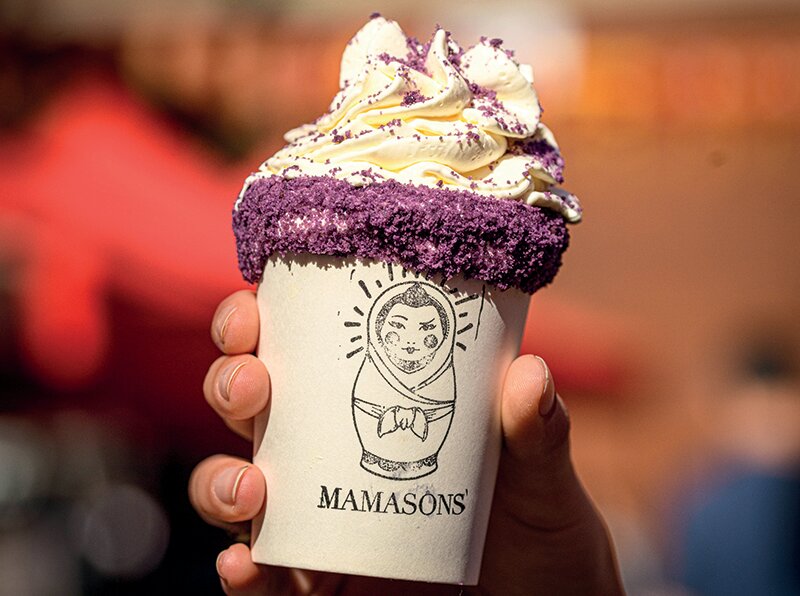
“We do a Mexican chicken dish with slow-cooked chicken and smoked paprika, and bolt on a light kimchi slaw, which is good for the gut. We look for fusion; different world cuisines that go together,” Craig Hedley, head chef at the Red Bull Racing Technology Campus in Milton Keynes, reports.
But in this free-for-all, what ideas from around the world are creating the most buzz? And what are the guiding principles for chefs to keep in mind when breaking down borders?
The secret is to channel umbrella food trends, such as healthy eating and plant-based eating in your globally influenced menus, and to give diners evidence of the provenance or the environmental benefits of the dish, suppliers suggest.
The healthy option
Health and wellbeing are the macro-focus in the kitchen, with chefs looking at how to bring in extra fibre or use more plant protein in recipes, comments BaxterStorey’s head of food in the central region, Adam Nossek.
Chefs are tapping into cultures with vegetarian cuisines, he says, and with those come flavours from around the world. The growing number of flexitarians and vegetarians is leading chefs to experiment more with plant-based options, they are finding that they can best amp these up with flavours from global cuisines, echoes Barny MacAdam, taste creator UK & Ireland at Santa Maria Foodservice.
At Lee Kum Kee Europe, health is promoted as a selling point of Chinese food. “The ingredients used in authentic Chinese food are all about a harmony of vegetables, protein and carbohydrates, all contributing to a healthy, balanced diet. Introducing the healthy philosophy behind Asian food combinations improves consumers’ understanding,” says managing director Maria Chong.
EHL Ingredients’ sales trends bear this out. Global herb and spice blends for vegan sausages, burgers, kebabs, falafels, pâtés and pastes, soups, snacks and crackers, pizzas and pasta dishes are flying, as chefs and caterers strive to create innovative, flavourful foods for those cutting down on meat or adopting a full plant-based diet, reports joint managing director Tasneem Backhouse.
“There is a massive trend in the food industry towards healthier choices and veganism, so cuisines that naturally lend themselves to that are going to do well. Southeast Asian countries are amazing for vegan food – think coconut-rich laksa or a flavour-packed salad,” adds Julia Wilkinson, restaurant director at real estate investment trust Shaftesbury plc.
Floral and free-from
Mediterranean flavours, such as blood orange, bergamot, figs and dates are also coming through on menus across the UK as part of a “destination everywhere” trend, suggests Anna Massie, head of marketing and ingredients supplier Macphie. Another citrus ingredient cropping up is orange blossom, which is a common part of French and Middle Eastern cuisine, she says.
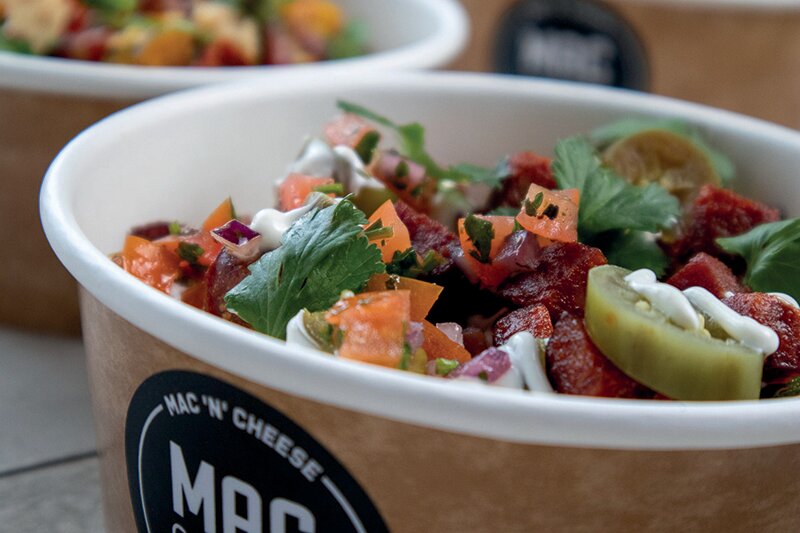
With consumers more mindful of what they eat, there has also been a significant spike in ‘free-from’ in world foods, and this will continue, predicts Lee Kum Kee. Its sauces are already vegan-friendly, and it has developed a range of foodservice sauces for special dietary requirements, such as its gluten-free oyster sauce.
Provenance of ingredients is another key selling point on menus, particularly as social media platforms are widening consumers’ horizons. Since the end of the last coronavirus lockdown, many operators have been running reduced menus and are placing emphasis on doing their core dishes really well, comments Ian Nottage, head of food development at the Sysco Speciality Group. He says: “This often involves introducing an element of premiumisation. For example, we are seeing chillies, such as aji morado and roccoto being used, and named instead of generic varieties.”
Sharing more about the provenance of a dish or the ingredients it contains can add interest for the customer, Maria Chong at Lee Kum Kee says.
The travel-driven millennial generation has heavily influenced UK demand for new flavours on menus, particularly over the past year, when travel has been off the menu for many, meaning desire for exotic flavours has reached new heights, suggests Alison Smith, global product developer for Mars Food. While there doesn’t really appear to be any obvious “new” cuisine coming forward in restaurants, there is still plenty of mileage in existing trends, Nottage at Sysco comments.
“I have thought for some time now that Peruvian food, such as ceviché – along with dishes using Andean root-based ingredients such as ulloco and oca de Peru – remain very much untapped. And the Asian influence is very much still present when it comes to street food, with ramen and dim sum remaining hugely popular.”
Pan-Asian foods have become much more mainstream due to the rapid growth of the casual dining sector and restaurant chains such as Wagamama, suggests Debbie King, sales and marketing director at JK Foods, the importer and distributor. We’re now seeing this trend play out through a rise in demand for Japanese, Chinese, Thai and Korean foods, she says. “In retail, around 98% of the pan-Asian category is based on these four cuisines – all of which are experiencing double-digit growth, which we expect to be reflected in the out of home dining sector.”

Use your noodle
For Chinese food, apart from the well-known Sichuan and Cantonese cuisines, there are many more regional Chinese cuisines which are yet to be explored and are expected to flourish in 2022, according to Lee Kum Kee.
When menu planning, caterers should also be aware that soy sauce and noodles are two of the main ingredient segments driving growth of the pan-Asian foods category, King adds, and capitalise on the back of this rising demand.
Asian flavours yuzu, kimchi, togarashi (Japanese spice blend) and gochujang (Korean spice paste) are tipped by Backhouse as up and coming in the UK.
“Mexican food is set to continue its in popularity and we predict that Peruvian, Brazilian and Lebanese cuisine will appear more frequently, as people become more familiar with the dishes and flavours used to create different meals and accompaniments,” she suggests.
Mexican fusion dishes are becoming more popular, with high-protein vegan meal offerings such as Mexican bean vegan pasties being served alongside non-Mexican foods, for example, MacAdam, at Santa Maria Foodservice comments.
The popularity of Greek cuisine is on the rise, he says, and this can be given a Mexican tweak. “The usual flatbreads or pittas that are used in a Greek gyros can be swapped for a tortilla to add something new to the menu.”
In central London, Korean food is growing in popularity, perhaps driven by exposure to the country’s cultural exports such as Squid Game and Japanese food is being looked at more, says Julia Wilkinson, restaurant director at Shaftesbury: “people are learning that the cuisine has a lot to offer beyond sushi.”
Japanese fusion is also growing strongly in the UK, agrees Ted Schama, managing director of Shelley Sandzer, a leisure property agency. “We had the pleasure of introducing Sushisamba to London for the first time, and also work with Chotto Matte. Both of these are brilliant exponents of Nikkei cuisine, a fusion of Japanese and Peruvian food. We’ve also recently seen the opening of Jiji in Islington, from the team behind Sumosan, itself a fusion of Japanese and Italian cuisines. Jiji brilliantly brings together Japanese technique with Middle Eastern flavours.”
Add to this the rise of Franco-Japanese pâtisserie, from the likes of Kova and Sakurado in Chinatown in London and Ellen Chew’s Arôme, and you can see a market with huge growth potential, he says.
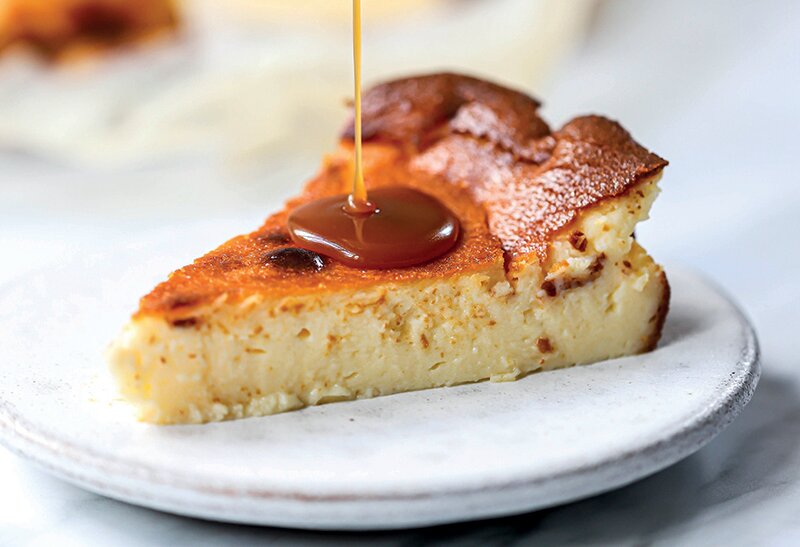
Yam yam
While many caterers may focus on integrating exotic options into their main menu or side dishes, the dessert menu can also play a pivotal role. Omar Shah, co-founder of Filipino dessert brand Mamasons Dirty Ice Cream, says that Filipino flavours are among the rising stars of Asian cuisines here in the UK.
“Asian desserts weren’t very popular when we launched four years ago. We wanted to push traditional Filipino flavours, such as ube and calamansi, and surpass the likes of matcha and vanilla.”
Consumers are increasingly broadening their horizons, and the cultural exchange works both ways, says Josh Laurier, operations director at English Cheesecake Company, highlighting his company’s new traditional burnt Basque vanilla cheesecake, which is baked at a higher temperature for a shorter amount of time.
As English companies reach out to European neighbours for inspiration, and as chefs circle the globe freely embracing all cultures, it looks everyone is making the most of freedom from travel restrictions, on menus at least, if not in the real world.
Suppliers
BaxterStorey www.baxterstorey.com
EHL Ingredients www.ehl-ingredients.co.uk
English Cheesecake Company www.englishcheesecake.com
JK Foods www.jkfoods.co.uk
Lee Kum Kee www.lkkprofessional.com
Macphie www.macphie.com
Mars Food www.aimiafoods.com
McCormick Flavour Solutions www.mccormickflavoursolutions.co.uk
Paulig Foods/Santa Maria Foodservice www.santamariaworld.com/uk/foodservice
Sysco Speciality Group www.syscospecialitygroup.co.uk (encompassing Fresh Direct: www.freshdirect.co.uk and Wild Harvest: www.wildharvestuk.com


